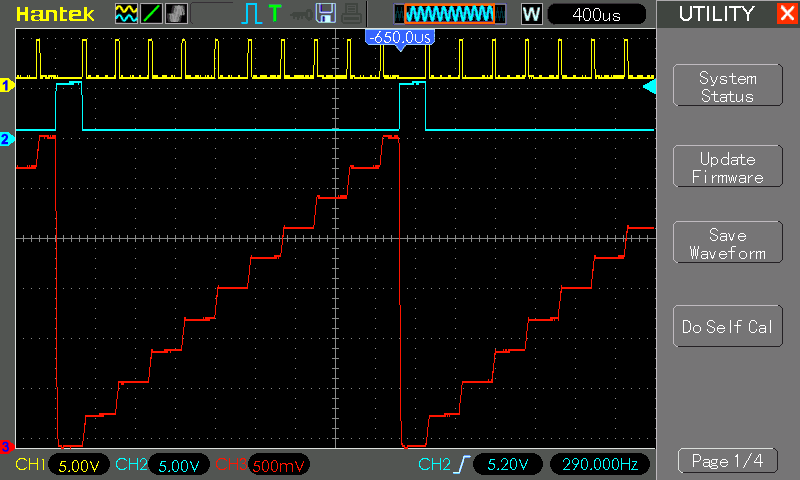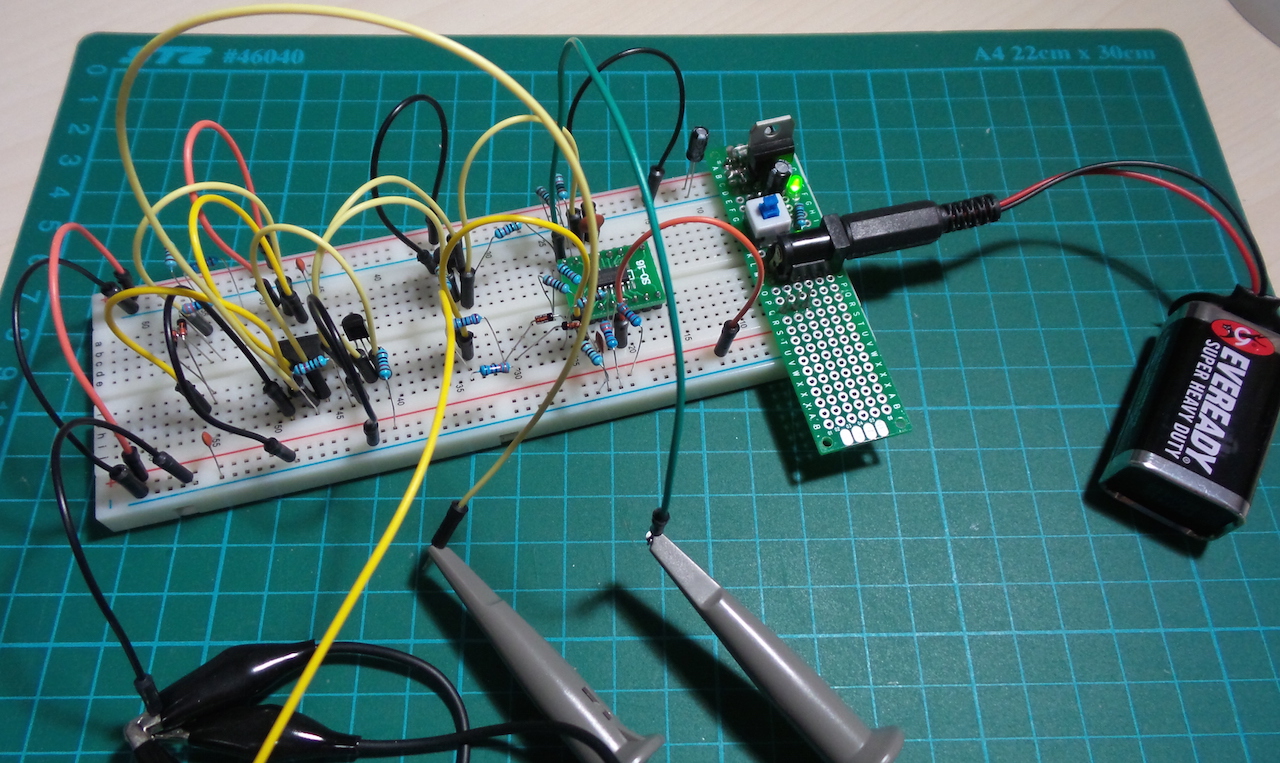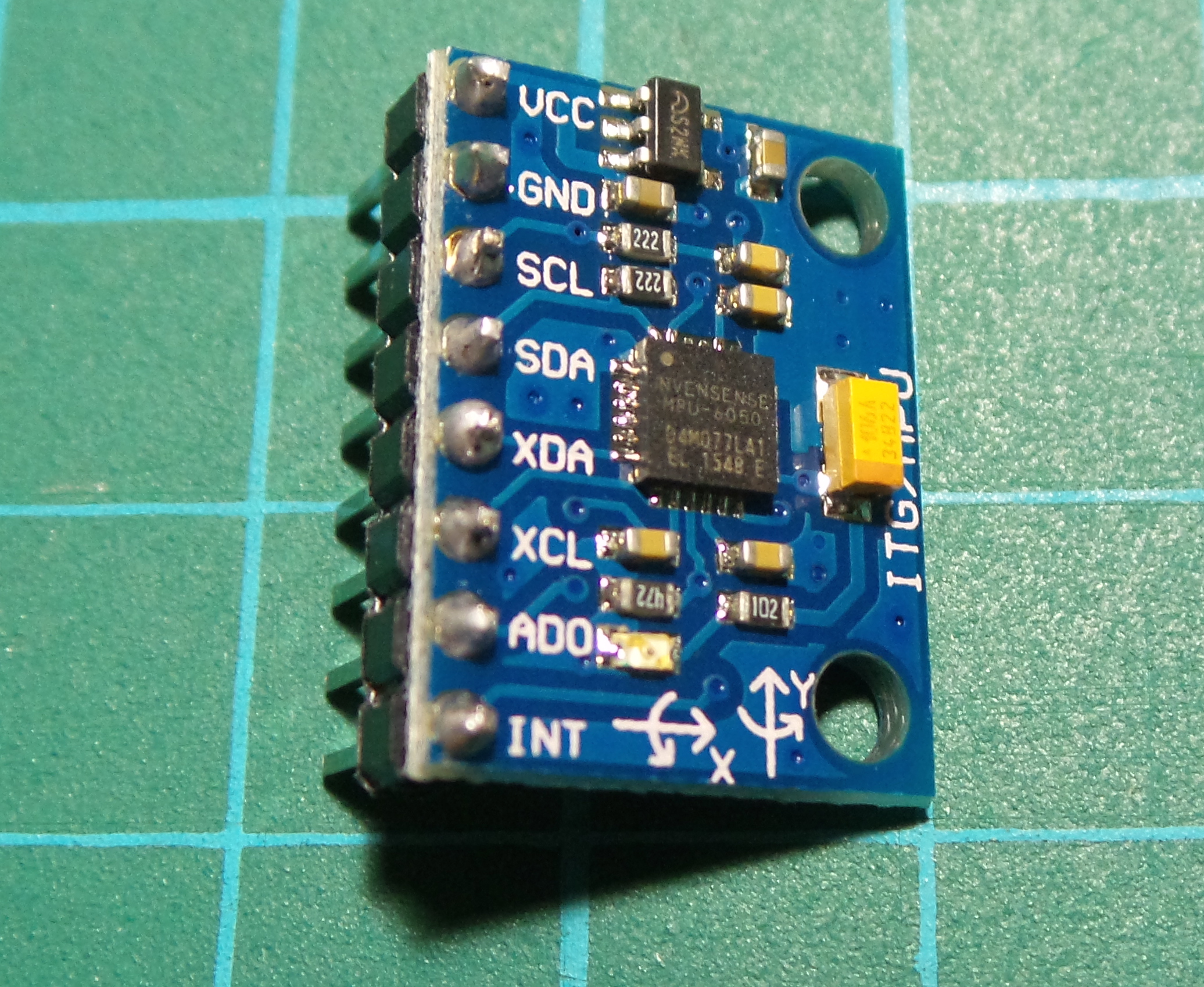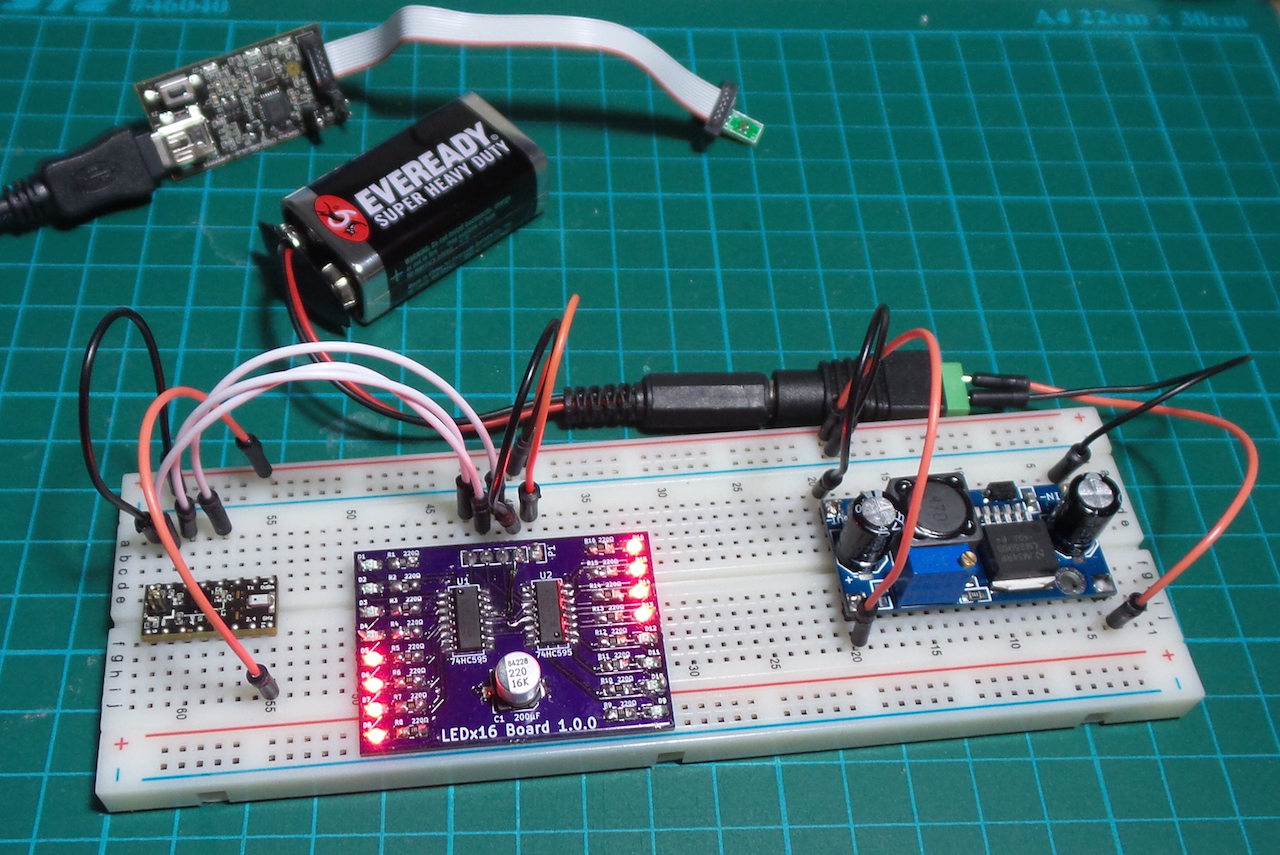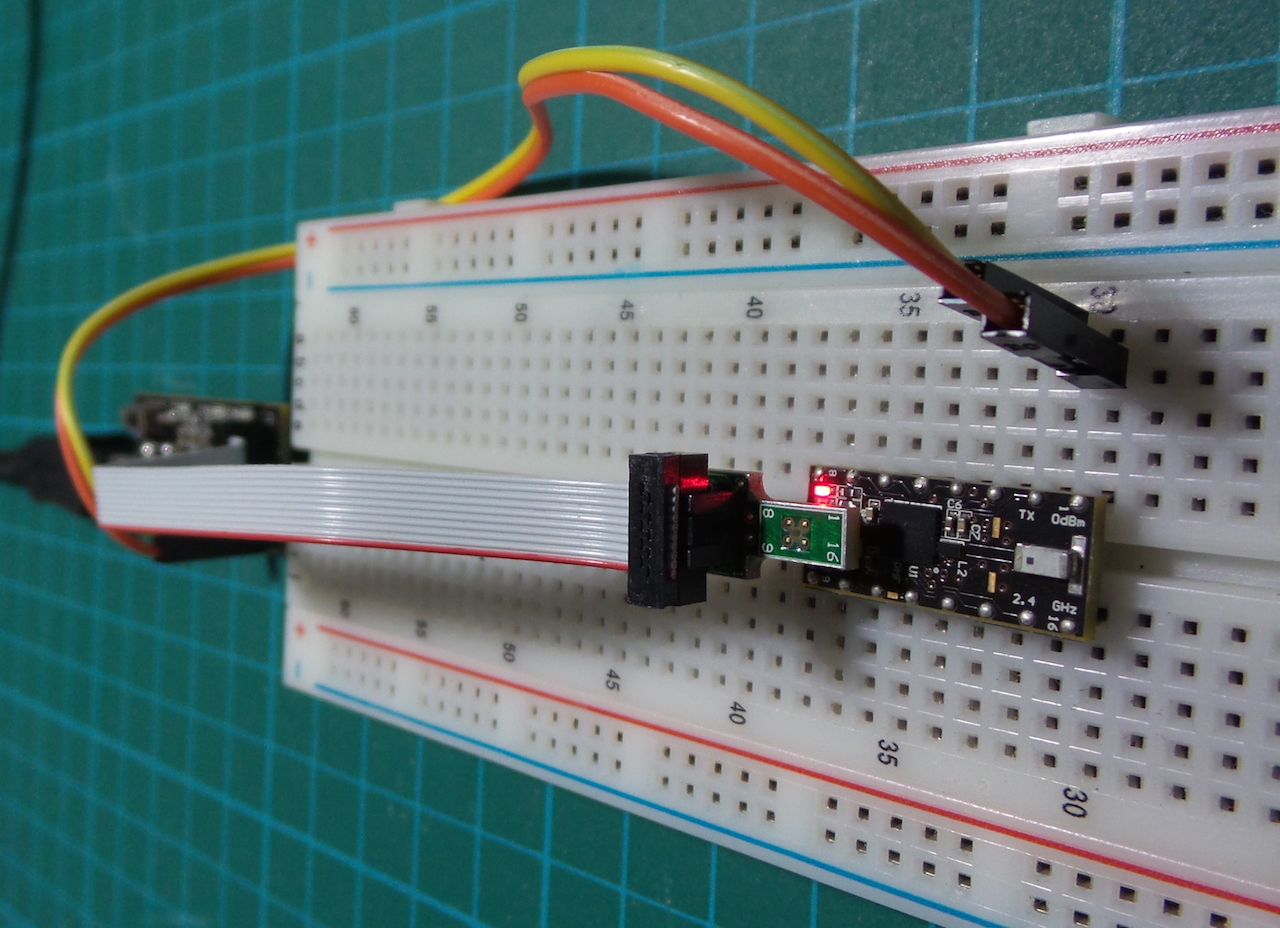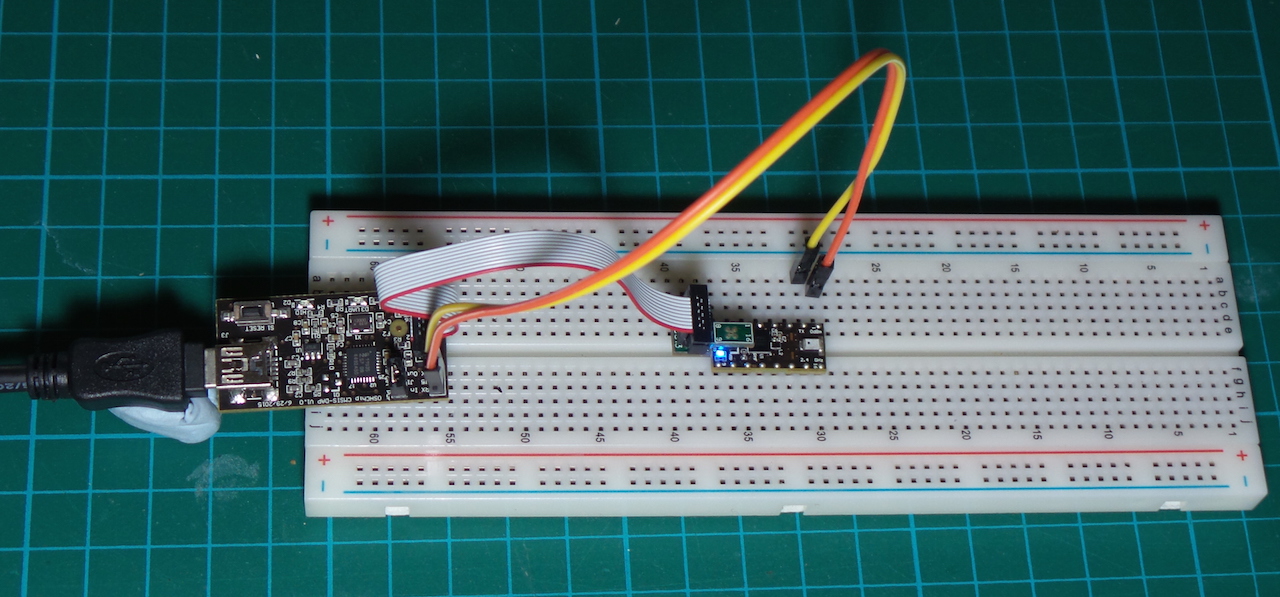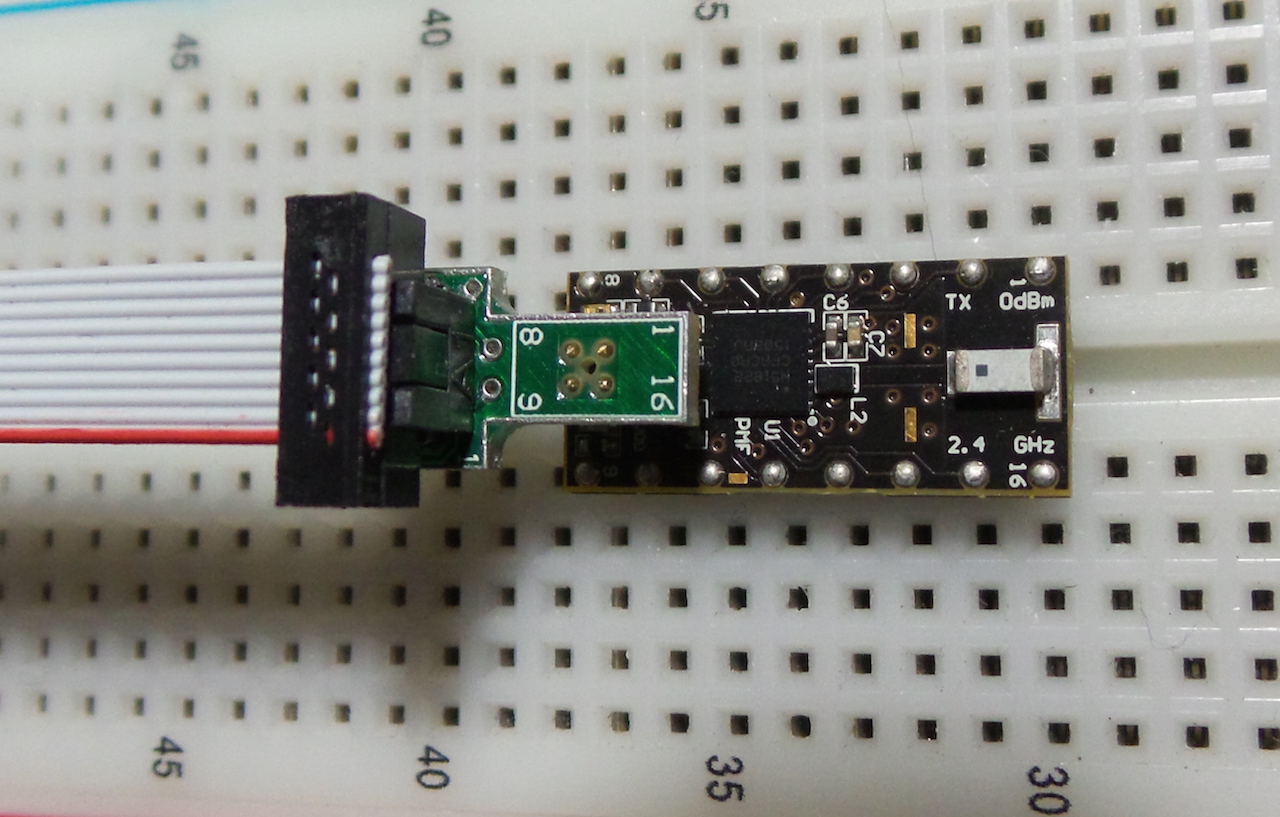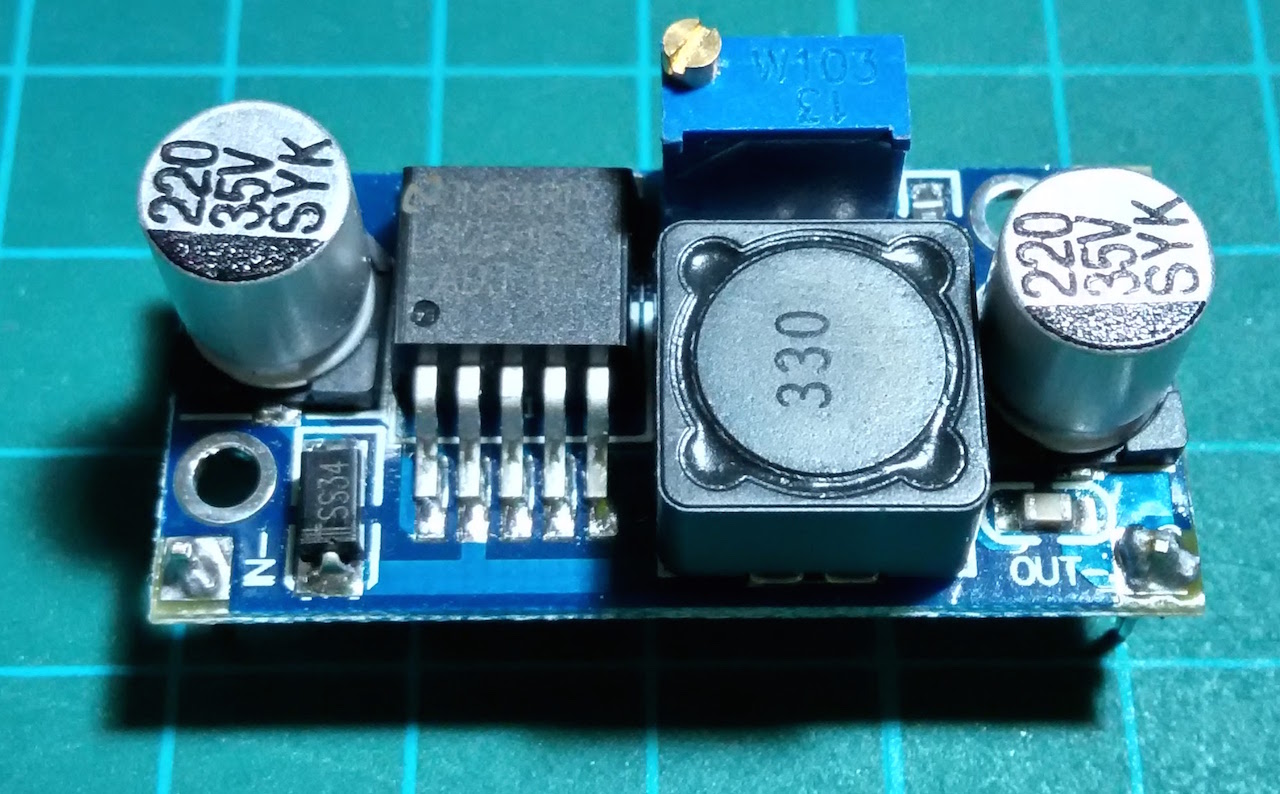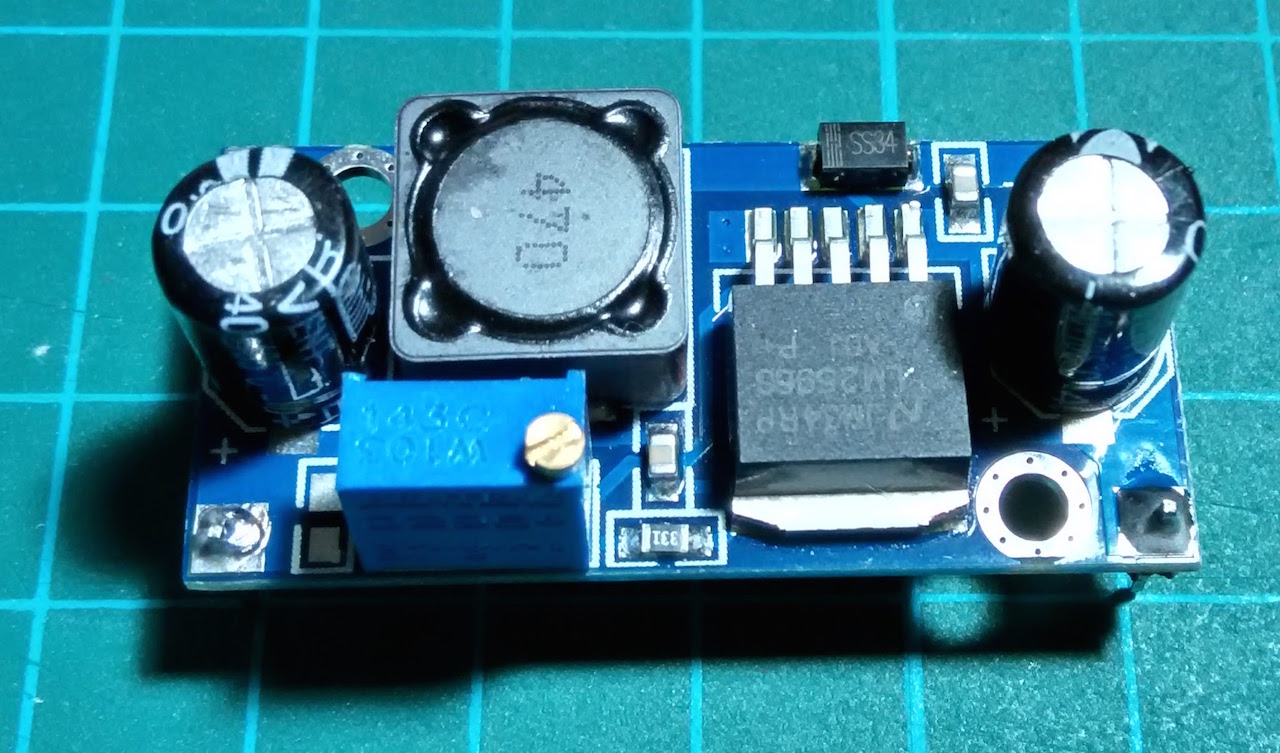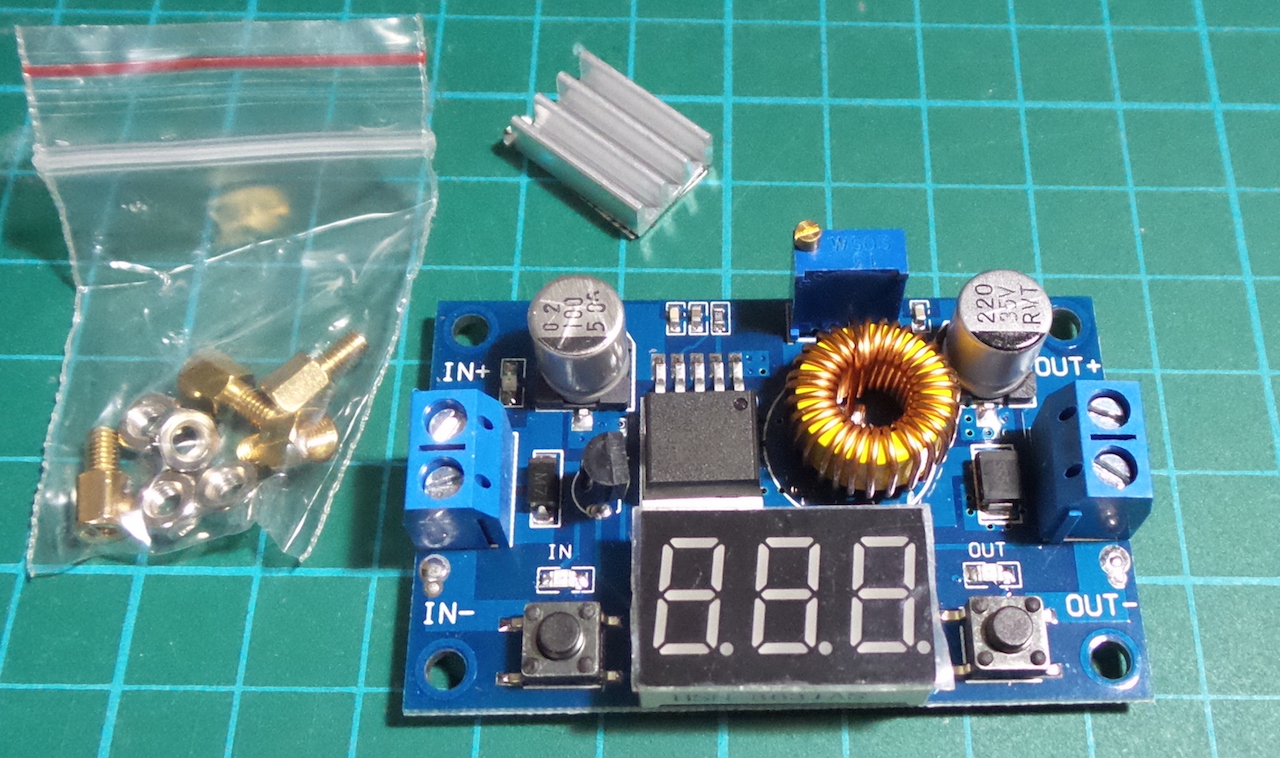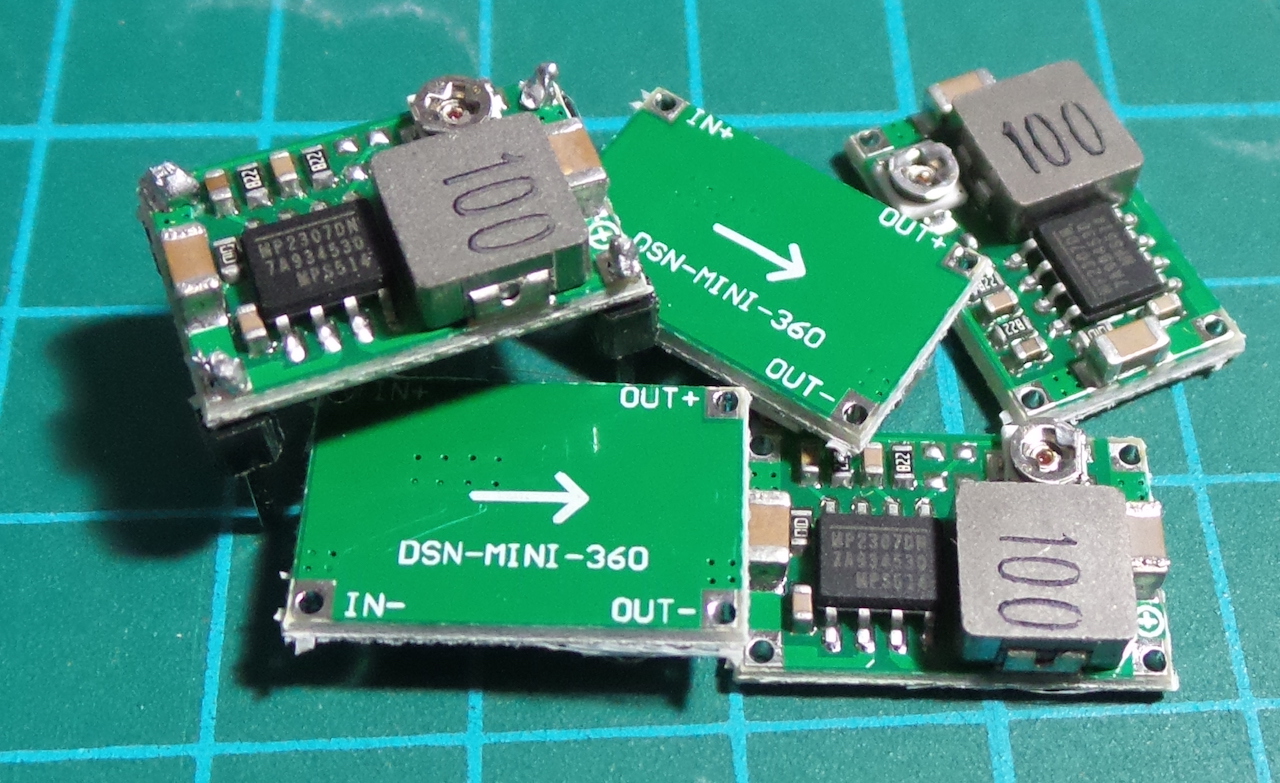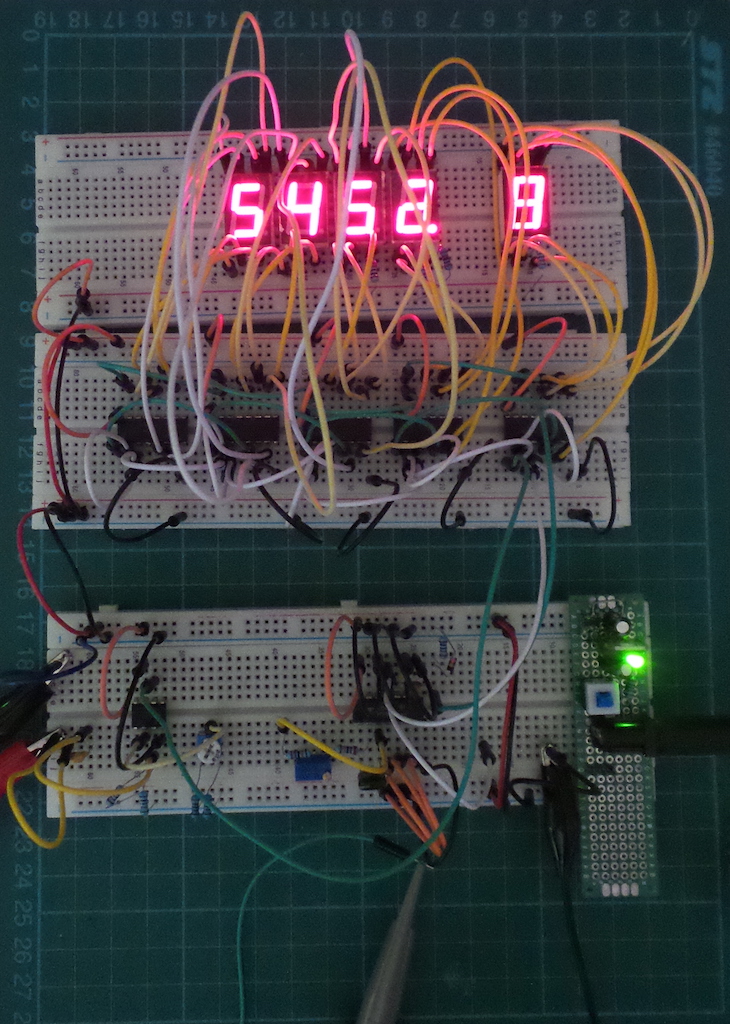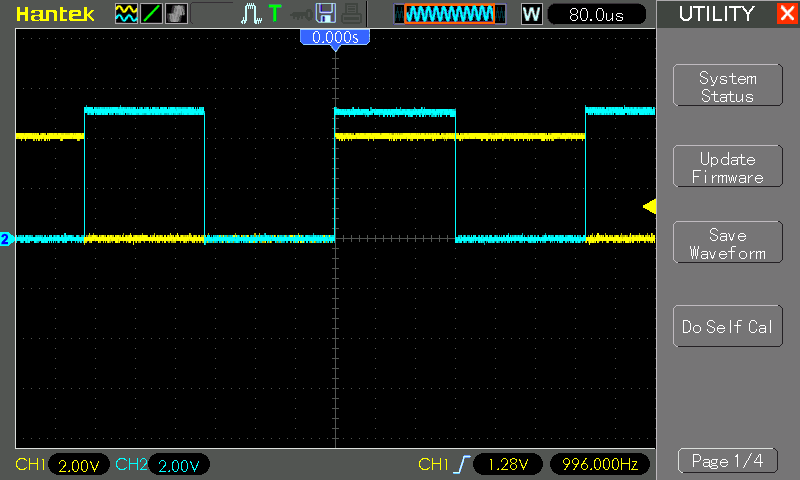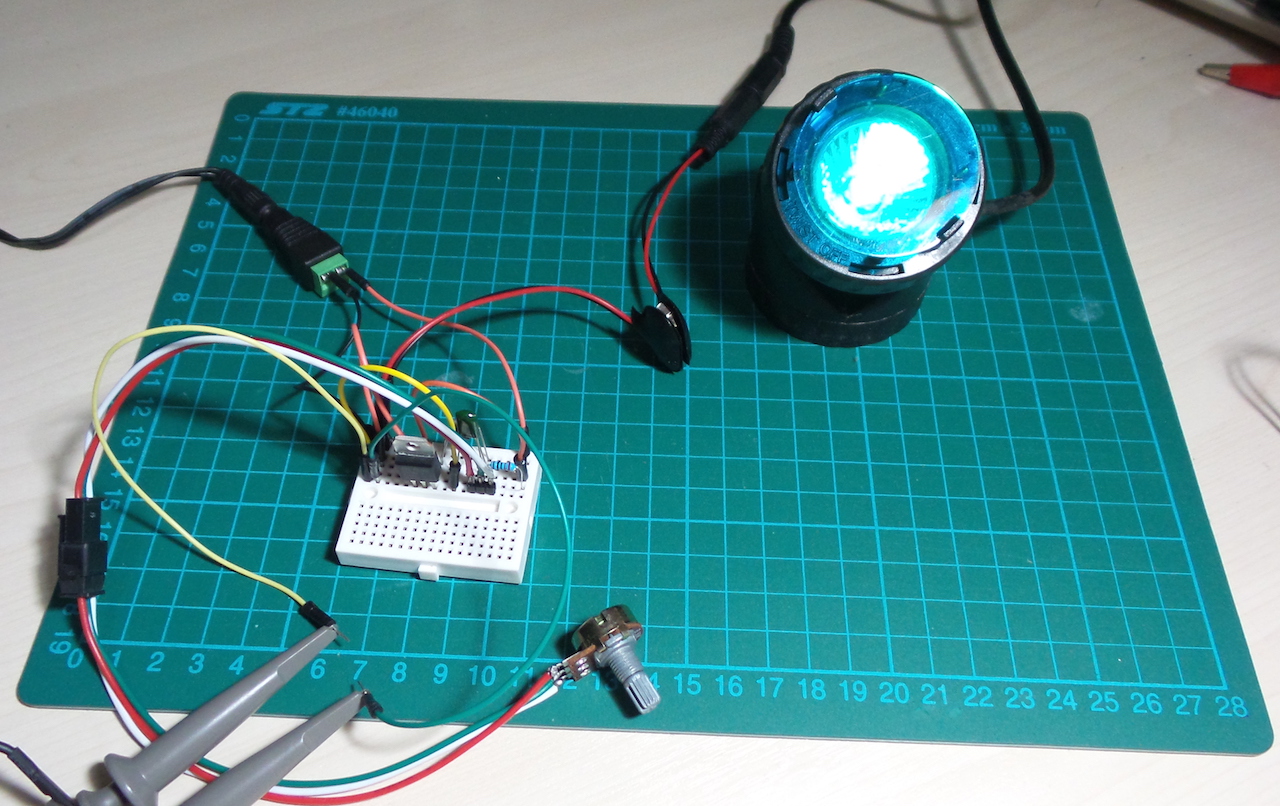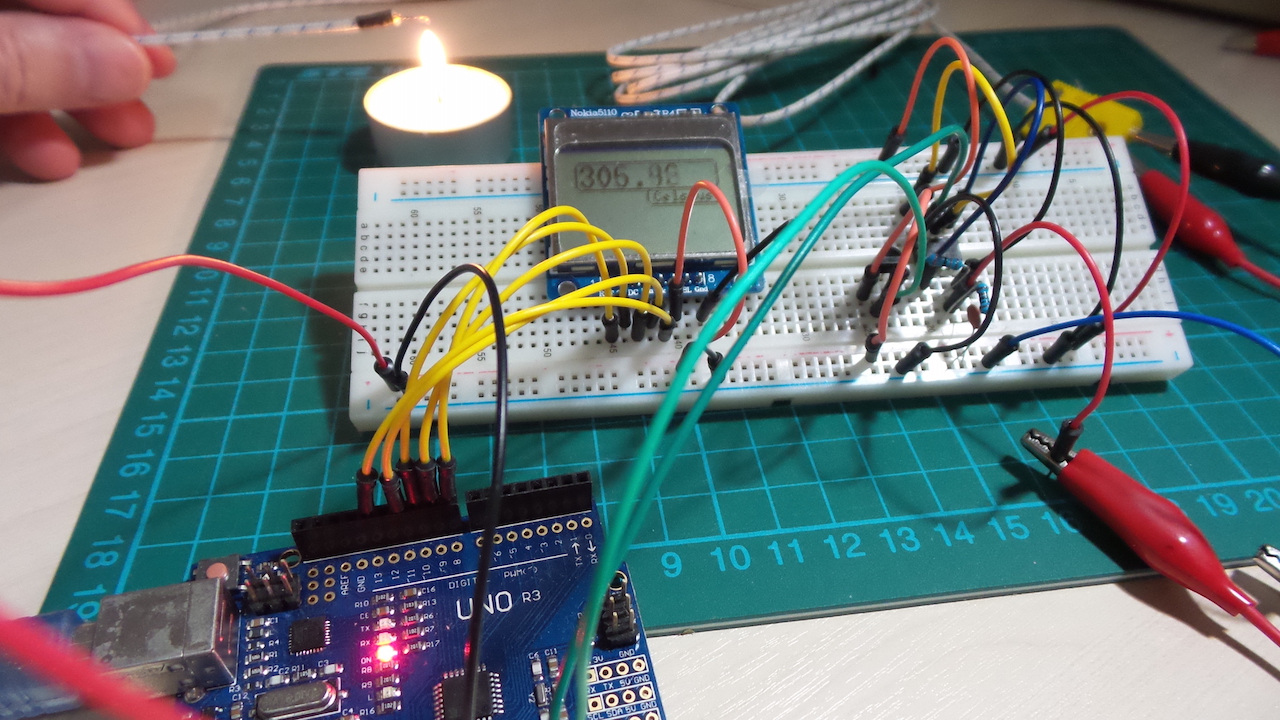Buck converters are switching power supplies configured such that the output voltage is lower than the input voltage.
Since the primary components (inductor and capacitor) ideally consume no power, high conversion efficiencies are possible. In practice of course, components are not ideal and there is some power loss. More significant however is any power consumed in the control and feedback circuits.
This circuit is a demonstration and exploration of the basic buck configuration with a fixed load. Since the load is fixed, I have not implemented any feedback control system. Of course there are plenty of buck converter chips and modules on the market and these are so cheap you'd be crazy (or have such precise and unusual requirements) to build your own for a real application. But it's nice to see how they work!
My inspiration for this circuit was
DIY Buck Converter by GreatScott! - IMHO the "missing lab" to accompany very good but dry courses such as the
Power Electronics Specialisation from University of Colorado Boulder.
As always,
all notes, schematics and code are in the Little Electronics & Arduino Projects repo on GitHub.










